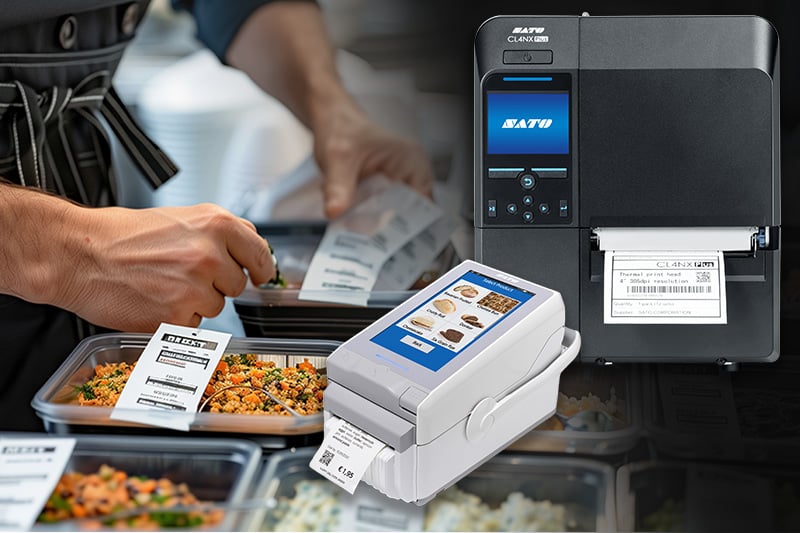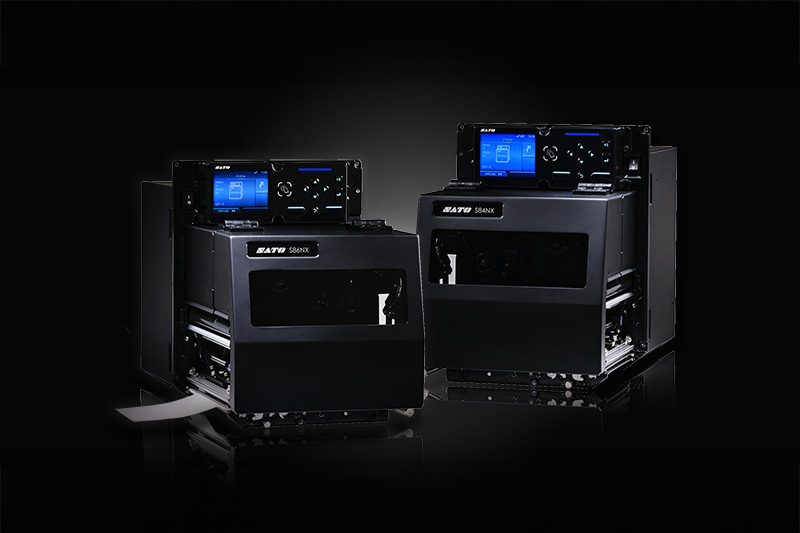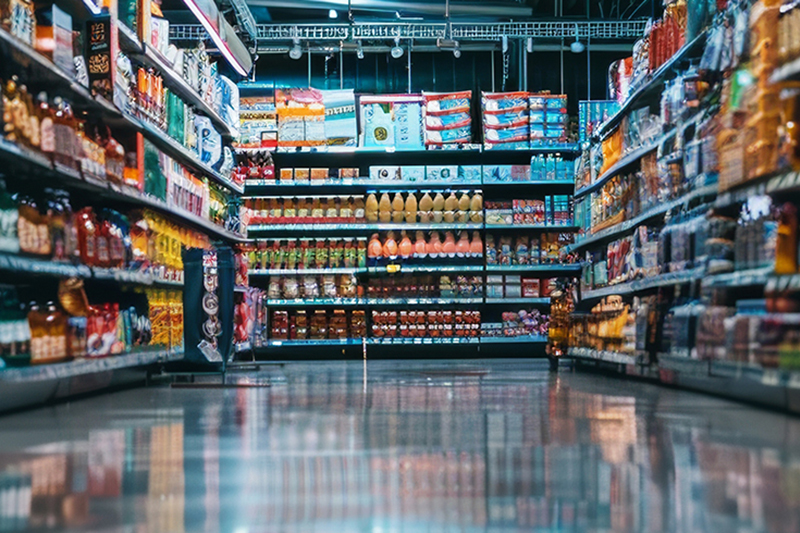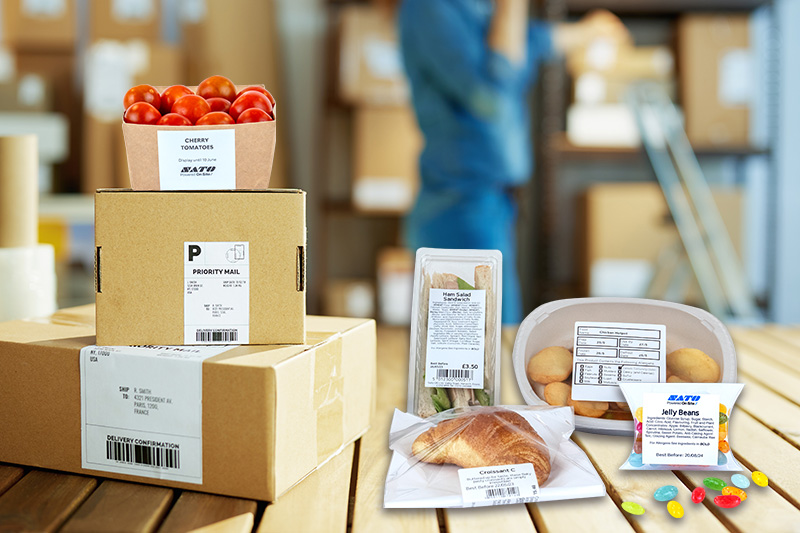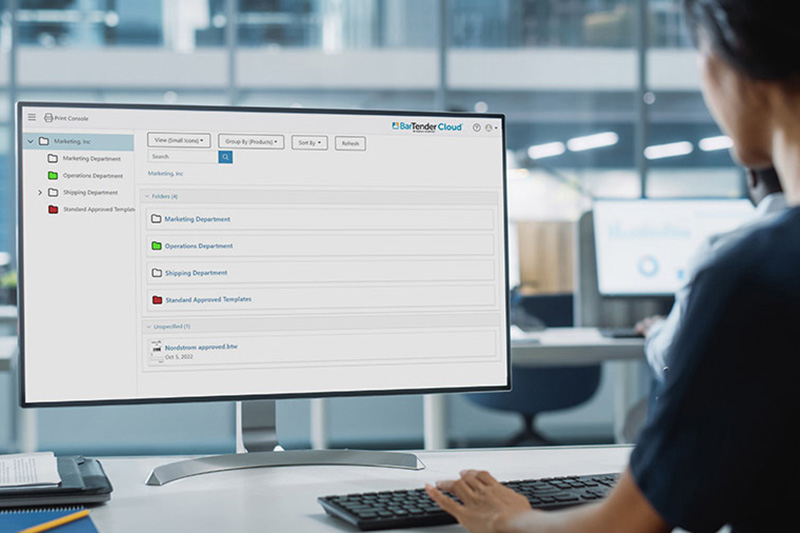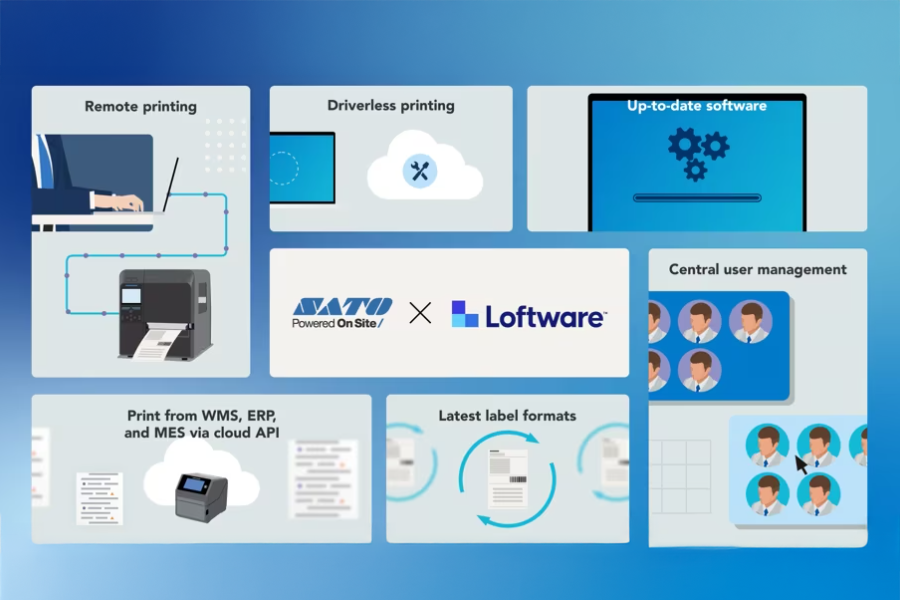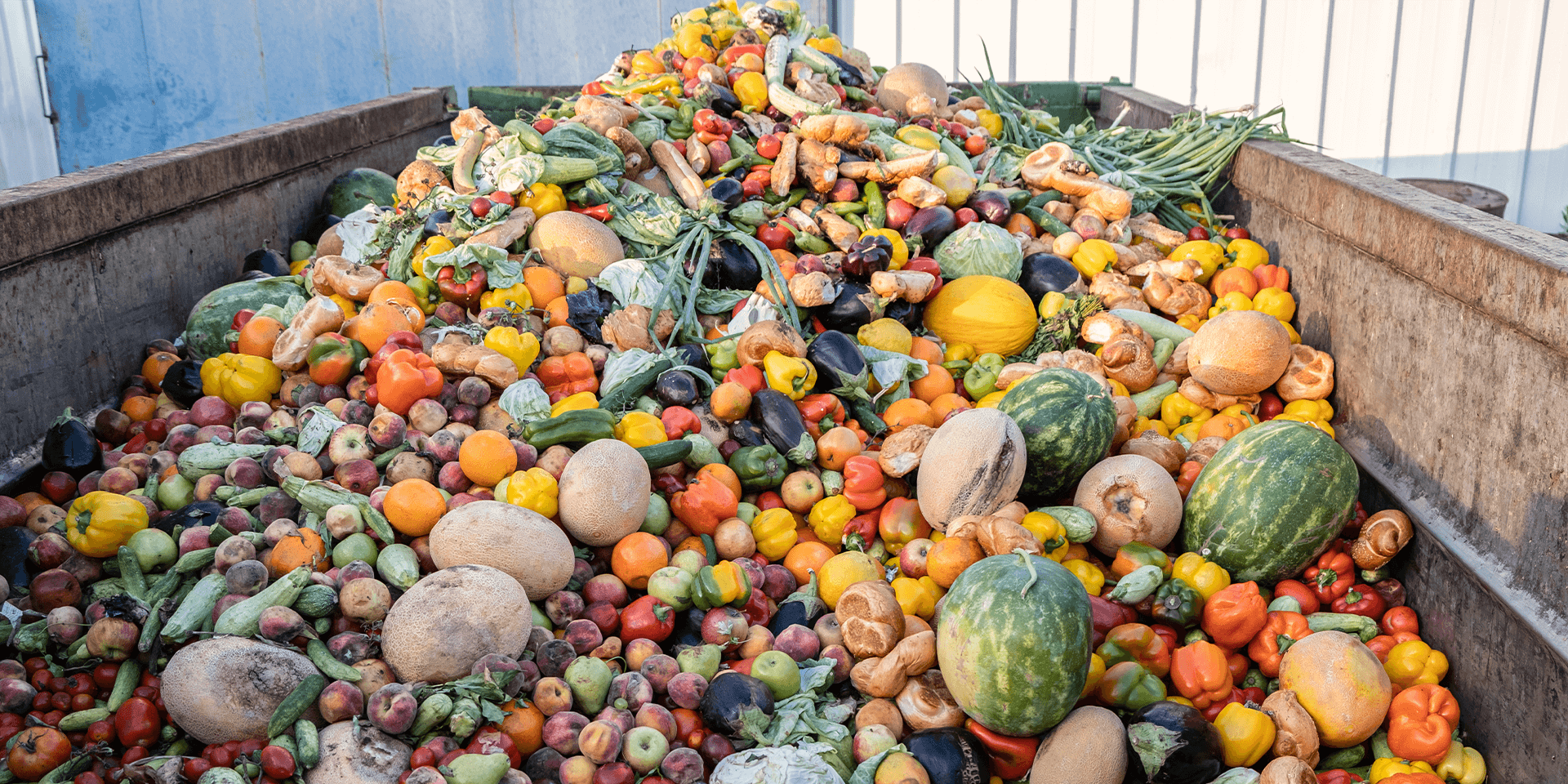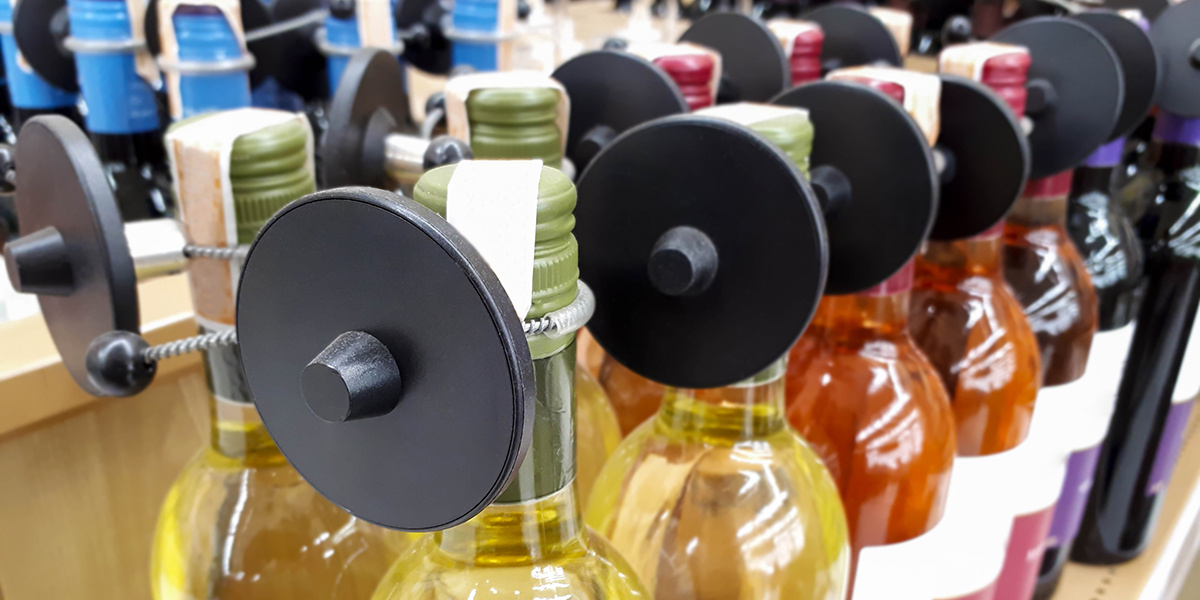Ensure your food labels are PEAL-compliant, consistent, and audit-ready with SATO's food labelling solution tailored for NIP, allergen, and ingredient declarations.
- Home
- Solutions
- Food beverage
- Compliant nutrition allergen and ingredients labelling
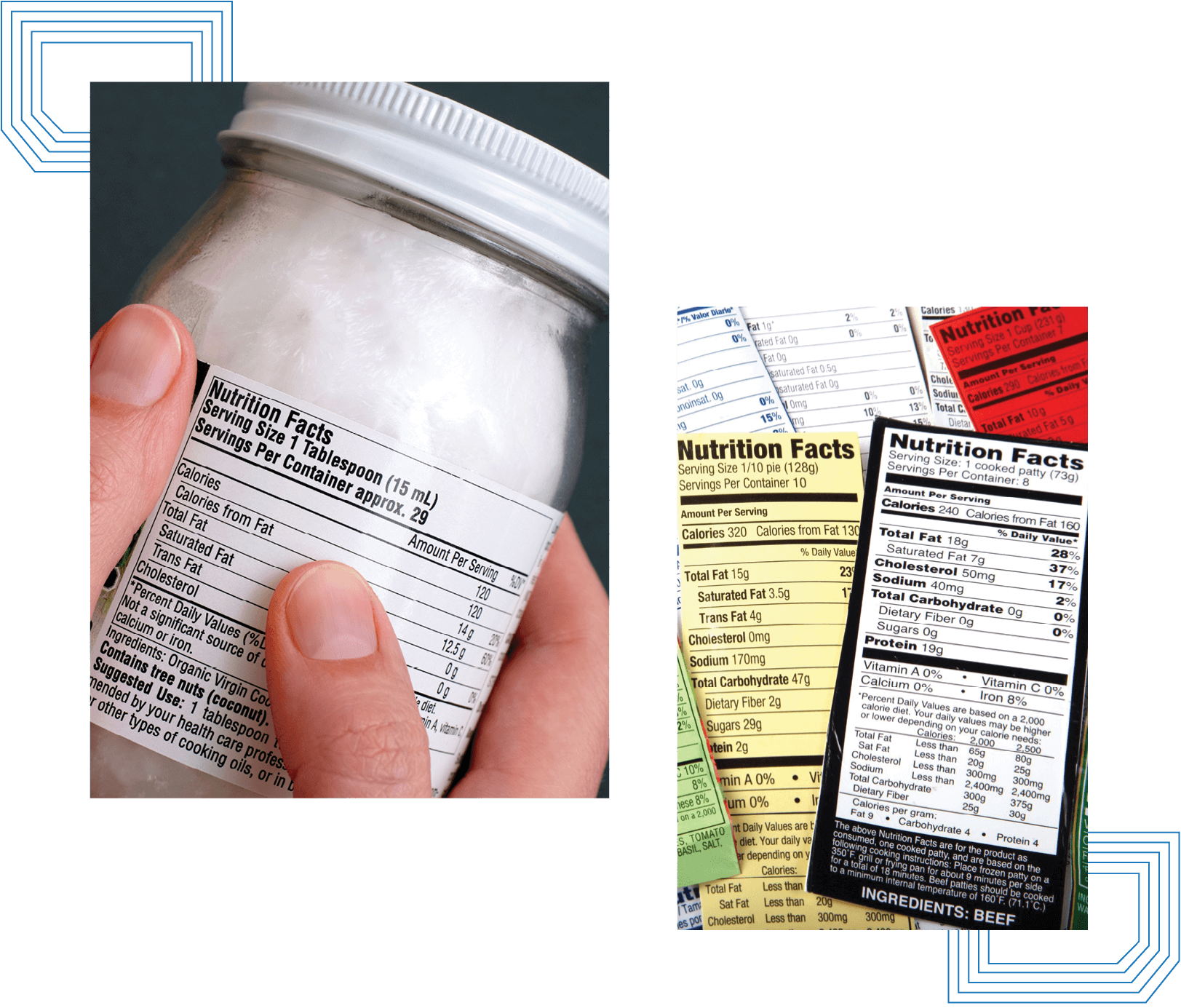
Why Choose SATO
SATO combines global labelling technology innovation with deep local compliance expertise to help Australia and New Zealand’s food brands stay ahead of evolving regulations. From plain English allergen formatting to dynamic Nutrition Information Panels (NIPs), our solution simplifies complexity and reduces risk. Paired with CipherLab mobile hardware, we offer an integrated system that’s scalable, accurate, and purpose-built for NZ's regulatory environment.
Solution Benefits
-
PEAL-Compliant Label Automation
Generate compliant labels that meet Food Standards Australia New Zealand (FSANZ) and Plain English Allergen Labelling (PEAL) formatting, allergen terminology, and ingredient declaration requirements—automatically and at scale. -
Reduced Risk of Recalls and Fines
Eliminate manual entry errors and outdated label templates that lead to mislabelling, costly product recalls, and brand damage. -
Real-Time Label Updates Across Sites
Manage updates to ingredients, allergens, and nutrition data centrally and deploy instantly across all production lines or locations. -
Built to Scale with Your Operation
Easily support new SKUs, repackaging, and batch variations without increasing admin load - perfect for both central kitchens and high-volume manufacturers.

Fine Food NZ 2025
How does the solution work?
SATO’s compliant labelling solution integrates seamlessly into manufacturing workflows, ensuring allergen, ingredient, and NIP labels are accurate, standardised, and regulation-ready across all product lines and packaging formats.
Below is a general outline of how the solution works. Every food operation is different, which is why our labelling specialists work closely with you to tailor the right combination of software, printers, and workflows for your specific needs.
- 1 Centralise Product Data Inputs: Upload or sync structured product data, such as ingredients, allergens, nutrition values, and product variants, into a labelling software like SATO Synergy or partner platforms like BarTender or Loftware. This data can be managed by manufacturers or provided by brand owners.
- 2 Auto-Generate FSANZ-Compliant Labels: The system applies pre-defined label logic to generate PEAL-compliant layouts. It automatically bolds allergens in the ingredient list, formats 'Contains' statements, and assembles NIP panels using FSANZ-compliant calculations and units of measure.
- 3 Apply Rules by Production Line, Customer, or Market: Easily configure templates based on product SKU, destination market (AU/NZ), customer-specific branding, or packaging format, whether for a small pouch or a bulk export carton.
- 4 Connect to SATO Printers or Mobile Devices: Print directly to SATO industrial or desktop printers on the factory floor, or route jobs to CipherLab mobile devices for on-demand label application in satellite packing stations. Print jobs can be user-authenticated, timestamped, and queued by production batch.
- 5 Ensure Auditability and Traceability: Every label print action is logged with version history, print time, and operator credentials. This provides an audit trail critical for food safety recalls, brand-owner assurance, or third-party certification (e.g., BRC, SQF).

Explore Products for Compliant
Food & Beverage Labelling
FAQs
What should be included on a compliant food label in Australia and New Zealand?
Food labelling requirements vary depending on the type of food product, how it is packaged, and how it is sold. However, most packaged foods must include a Nutrition Information Panel (NIP), ingredient list, allergen declarations using prescribed names, 'Contains' statements, use-by or best-before dates, lot identification, storage instructions, and supplier information.
Specific requirements also apply for characterising ingredients, country of origin, font size and legibility. Businesses must also comply with PEAL (Plain English Allergen Labelling) standards introduced under FSANZ Standard 1.2.3 and Schedule 9.
For the most accurate and up-to-date regulation information, please refer to the official FSANZ guidelines.
What are the allergen labelling requirements in Australia and New Zealand?
Food labels must comply with FSANZ Standard 1.2.3, including Plain English Allergen Labelling (PEAL).
These require:
-
Allergens to be declared in the ingredient list using prescribed names (e.g. “milk” not “dairy”)
-
Allergens to be in bold type
-
A ‘Contains’ statement listing any of the 11 mandated allergens
-
Allergens are declared even if present in compound ingredients or through cross-contamination
These rules apply to most packaged foods sold in Australia and New Zealand.
For the most accurate and up-to-date regulation information, please refer to the official FSANZ guidelines.
How can I reduce the risk of food labelling errors in my business?
Consider these four steps:
-
Automate label generation to eliminate manual transcription errors
-
Centralise product data (ingredients, allergens, NIP) for consistency
-
Apply rule-based templates and real-time updates to connected printers
-
Audit label history to track what was printed, when, and by whom
SATO Synergy, along with BarTender and Loftware, supports these best practices, reducing risk and simplifying compliance for businesses across Australia and New Zealand.
For further guidance, see the FSANZ Compliance Guide.
How can I manage allergen and ingredient labelling across multiple sites?
SATO Synergy can centrally manage ingredient, allergen, and product data, apply rule-based logic, and instantly push updates to multiple sites or production lines. This is ideal for businesses with contract manufacturers, co-packers, or multi-location operations in Australia or New Zealand.
Is SATO's NIP, allergen, and ingredient solution suitable for food manufacturers, distributors, and foodservice brands?
Yes. Whether you're managing bulk food production, private label packaging, contract packing, or central kitchen operations, our labelling solutions are built to support complex and regulated environments.
SATO works with a suite of trusted platforms, including SATO Synergy, BarTender, and Loftware, to ensure customers have flexible options that suit their specific compliance, scale, and workflow requirements. All three platforms can generate FSANZ-compliant NIP, allergen, and ingredient labels, while supporting features like traceability, batch variation, and multi-language exports.
We help match the right software to your operational needs, product types, and existing systems.
What are the risks of incorrect allergen or NIP labelling?
Incorrect allergen declaration is one of the leading causes of food recalls in Australia and New Zealand. Consequences include but are not limited to:
-
Fines vary between AU and NZ, first or repeat offences, and may be based on the size of your organisation. They range from a few hundred dollars to hundreds of thousands of dollars.
-
Product recalls and withdrawals from shelves
-
Legal liability and customer injury
-
Loss of retail partnerships and reputational harm
In 2024, 45.5% of NZ’s consumer-level food recalls were caused by undeclared or incorrectly declared allergens (MPI, 2024).
How quickly can I implement a SATO Synergy NIP, allergen, and ingredient labelling solution?
Implementation typically takes 2–4 weeks, depending on your data and hardware setup. SATO offers full onboarding, printer integration, and staff training to ensure a fast, low-disruption rollout.
News & Updates




